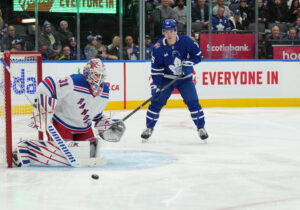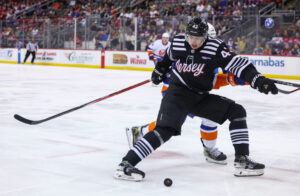Stick-and-ball games have been around for the better part of human history – nations around Europe pretty much all had their own variant of the game, played on pretty much any surface, with anything serving as a ball. But it was Canada that gave the world ice hockey as we know it – the first organized ice hockey game took place in Montreal’s “Victoria Skating Rink” between two nine-player teams in 1875, involving several McGill University students, including James Creighton, who is credited with organizing the game. The McGill University Hockey Club was the first ice hockey club, founded two years later. Today, the McGill University has an Ice Hockey Research Group, helping shape sports technology trends and making the game safer and fairer for everyone.
The Ice Hockey Research Group
As we all know, ice hockey is not the safest sport to practice. The players move around the rink at speeds that often reach 60 miles per hour – this makes some collisions simply inevitable. But inside the protective equipment, there are humans, and no matter how well trained they are, their bodies are still frail. The Ice Hockey Research Group’s goal is to improve their equipment and make this sport safer for everyone involved.
“I take an ergonomic analysis approach to the sport,” IHRG Director and Associate Professor of Kinesiology and Physical Education David Pearsall explained to the McGill Tribune. “What tasks […] the athlete does and how does the equipment help them or not help them.” Among others, the goal of the group is to improve the design of the hockey helmet – the current standard, designed in the 1980s, does little to protect the players from suffering concussions or other types of injury.
The IHRG way
The aim of the group is to improve hockey equipment to prevent injuries and to maximize the efficiency of the players’ movements on the rink. To this end, the researchers use 3D motion capture cameras to record information on things like hockey stick gripping, to investigate the biomechanics of player movement and how slight variations of the equipment they wear is influencing the players’ performance. They also investigate the efficiency of hockey sticks transferring energy to the puck, how much grilles and visors affect the players’ vision, and the forces affecting the skate blades when the player stands, skates, and shoots, among others. And they are also working on translating their findings into usable data for coaches and players.
“We [want to] make what we do more practical, so when [coaches] have those teaching moments [they] can say, ‘Here’s the data’ […],’ Pearsall told the McGill Tribune. “The immediate feedback is what we need to have to help the coaches [….] In hockey, they need the answers now.”






